Explore the technology museum with more than 2,000 unique artifacts in Vietnam (Video: Doan Thuy).
Hidden in a small alley in the middle of the capital, there is an information technology space that is preserving more than 2,000 precious artifacts from the early days of the information technology industry. There, Dr. Nguyen Chi Cong - a teacher, a silent scientist has devoted his whole life to preserving every digital memory.
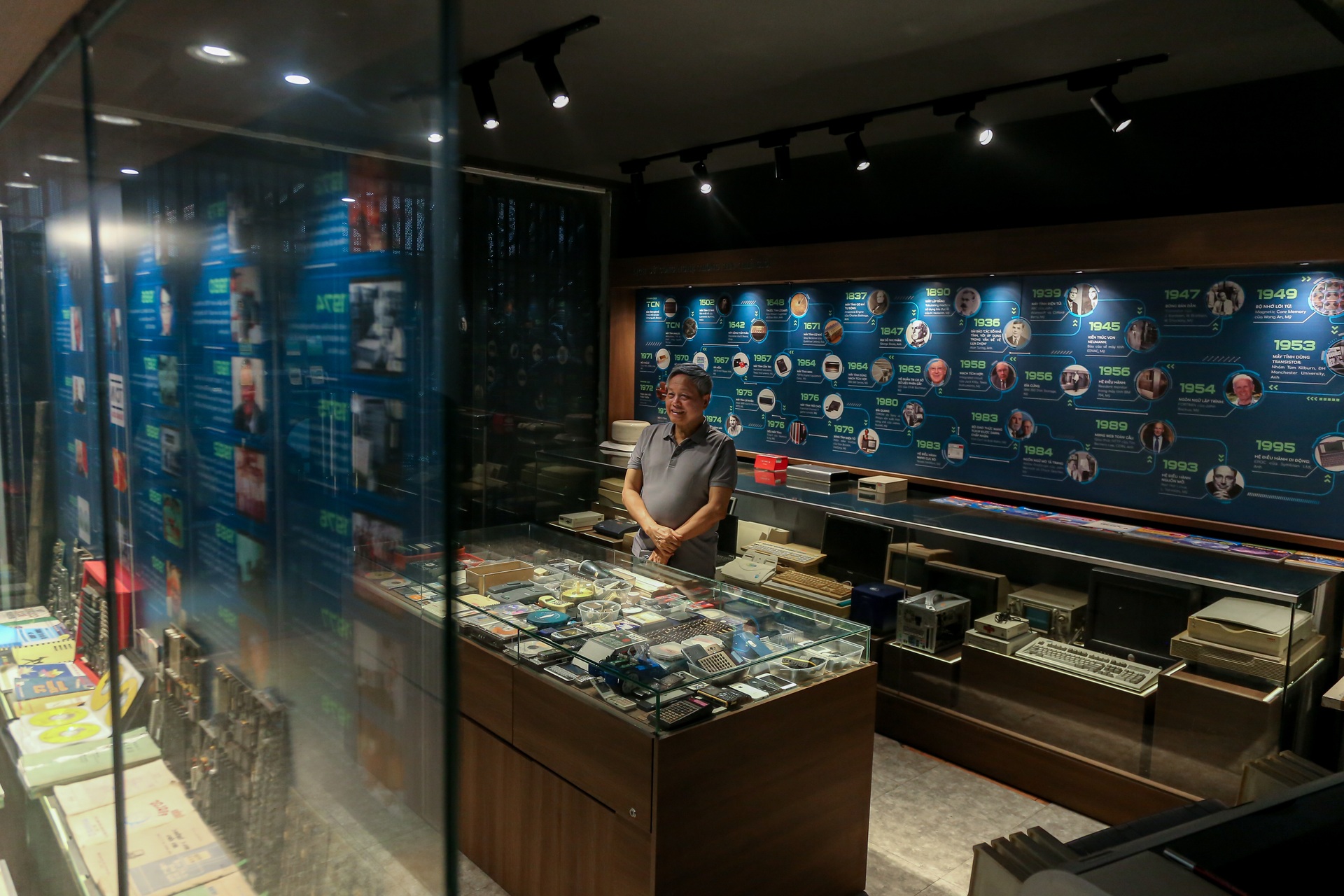
Born in 1949, graduating with honors in Cybernetics in Czechoslovakia (formerly), Dr. Nguyen Chi Cong is one of the first Vietnamese to approach semiconductor chip technology.

When Vietnam was still in a difficult period and had very few computers, he worked hard to research, teach and dream of a future where information technology would be linked to the development of every country in the world.
In his eyes, semiconductor chips are not just technology, but a revolution that changes the entire global economy.
"Semiconductor chips! More than 50 years ago, when many people were still vague about chips, I ate and slept with them," Dr. Cong said pensively in a room filled with technological artifacts.
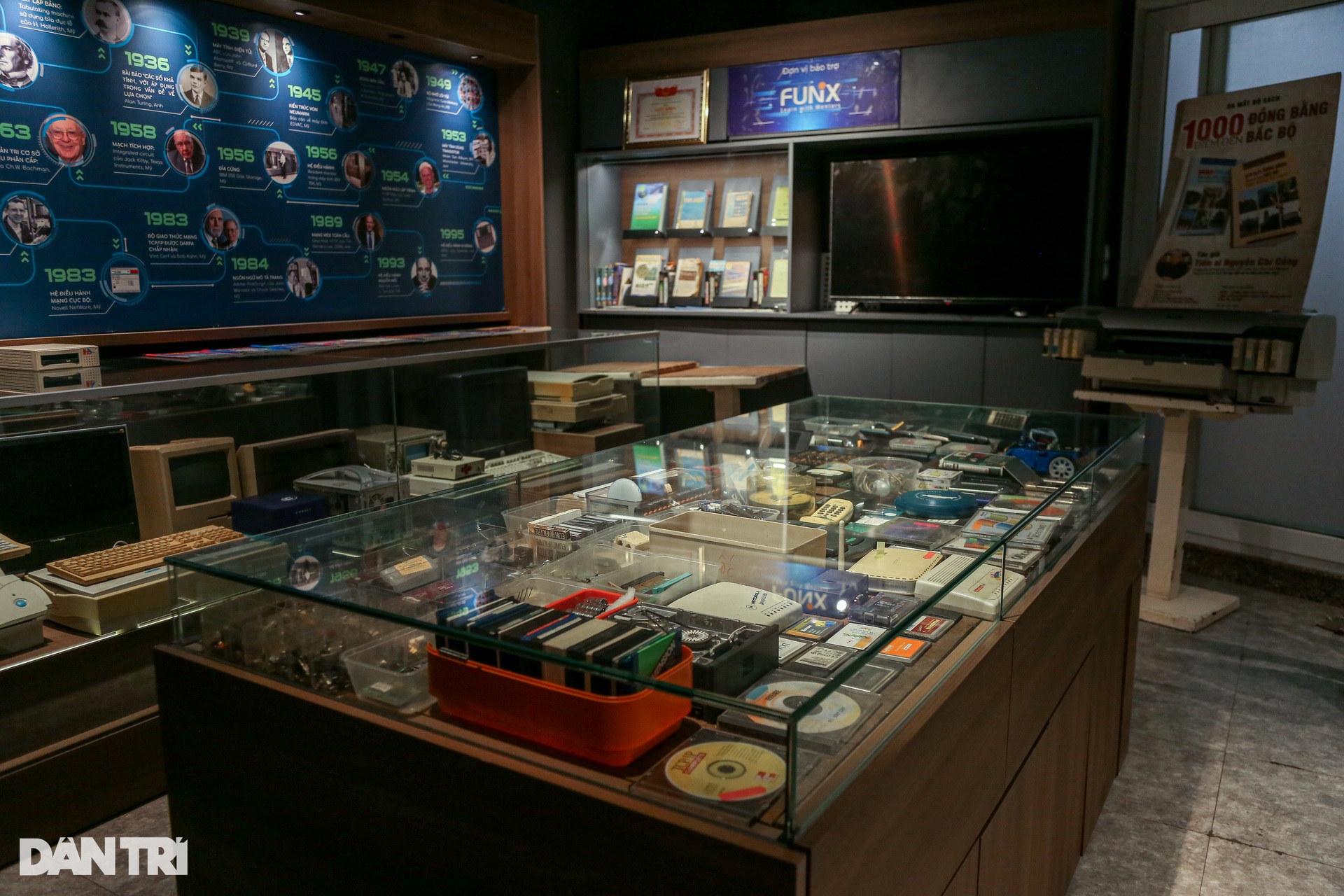
Currently, the gallery contains more than 2,000 artifacts, documents, books, and a flexible display board system that vividly recreates the biographies of prominent figures associated with the history of Vietnamese information technology.
The museum space he founded is like a time machine, taking visitors back to the past with artifacts associated with the history of technology development.
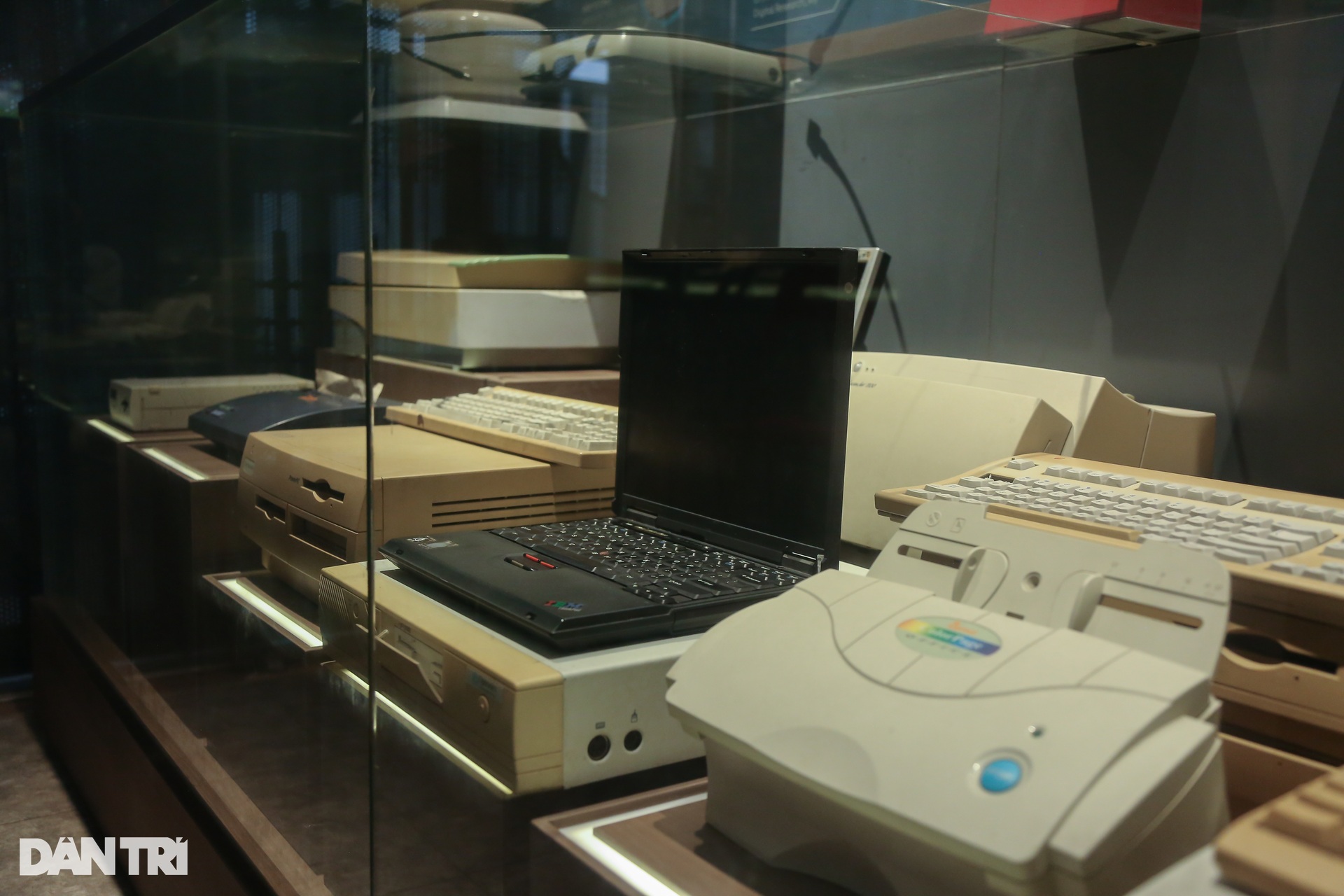
From early computers such as IBM PC, Apple Macintosh... to "brick" phones, he kept them all in their original condition. Some of them are even still usable.
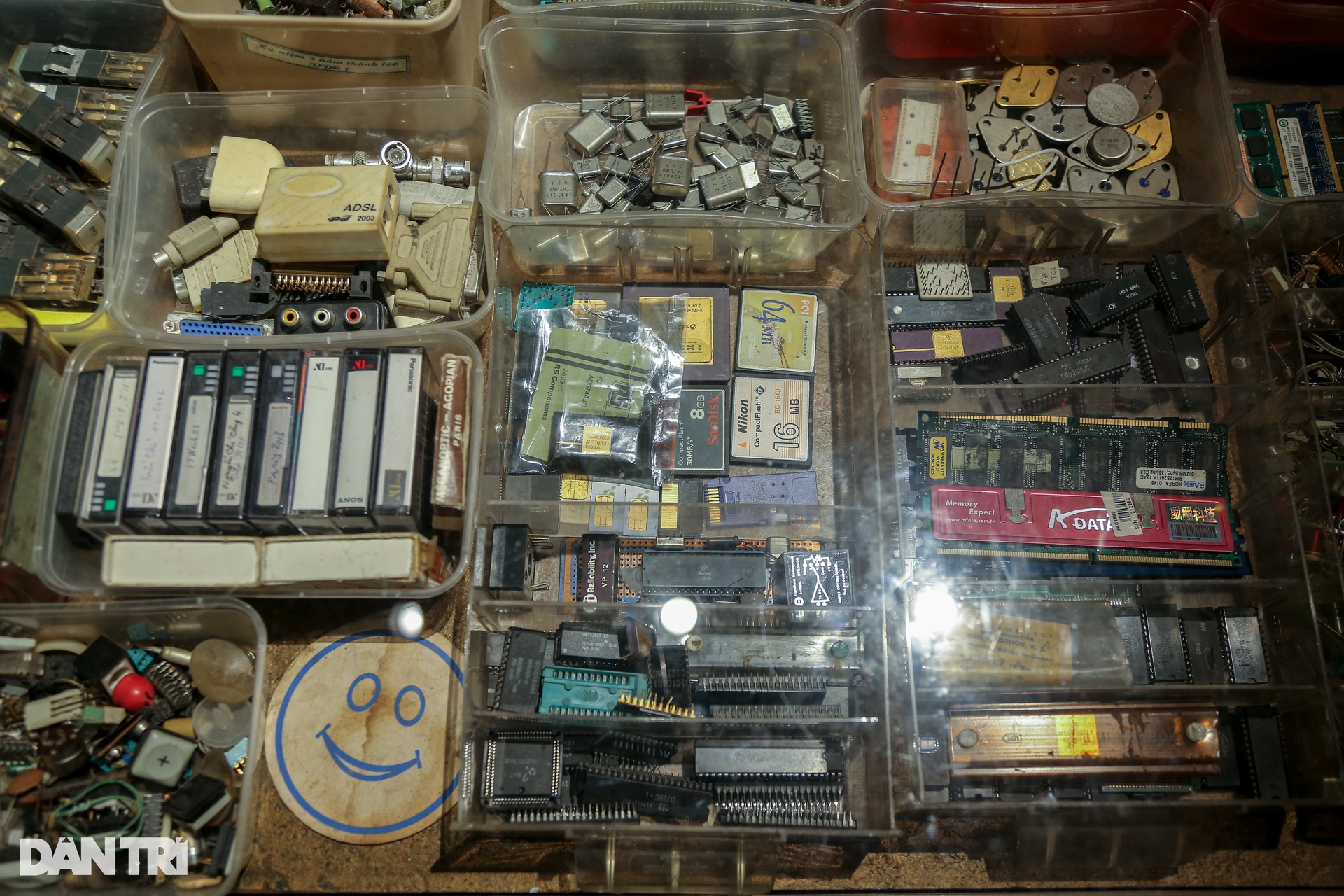
Each item here is not just a piece of technology but a story, a piece of memory from the time when the chip industry was still in its early stages.
"Not everyone understands that this is not simply a collection. Each item is a part of my memory, a story, sometimes a turning point in my life," Dr. Cong shared with passionate eyes.
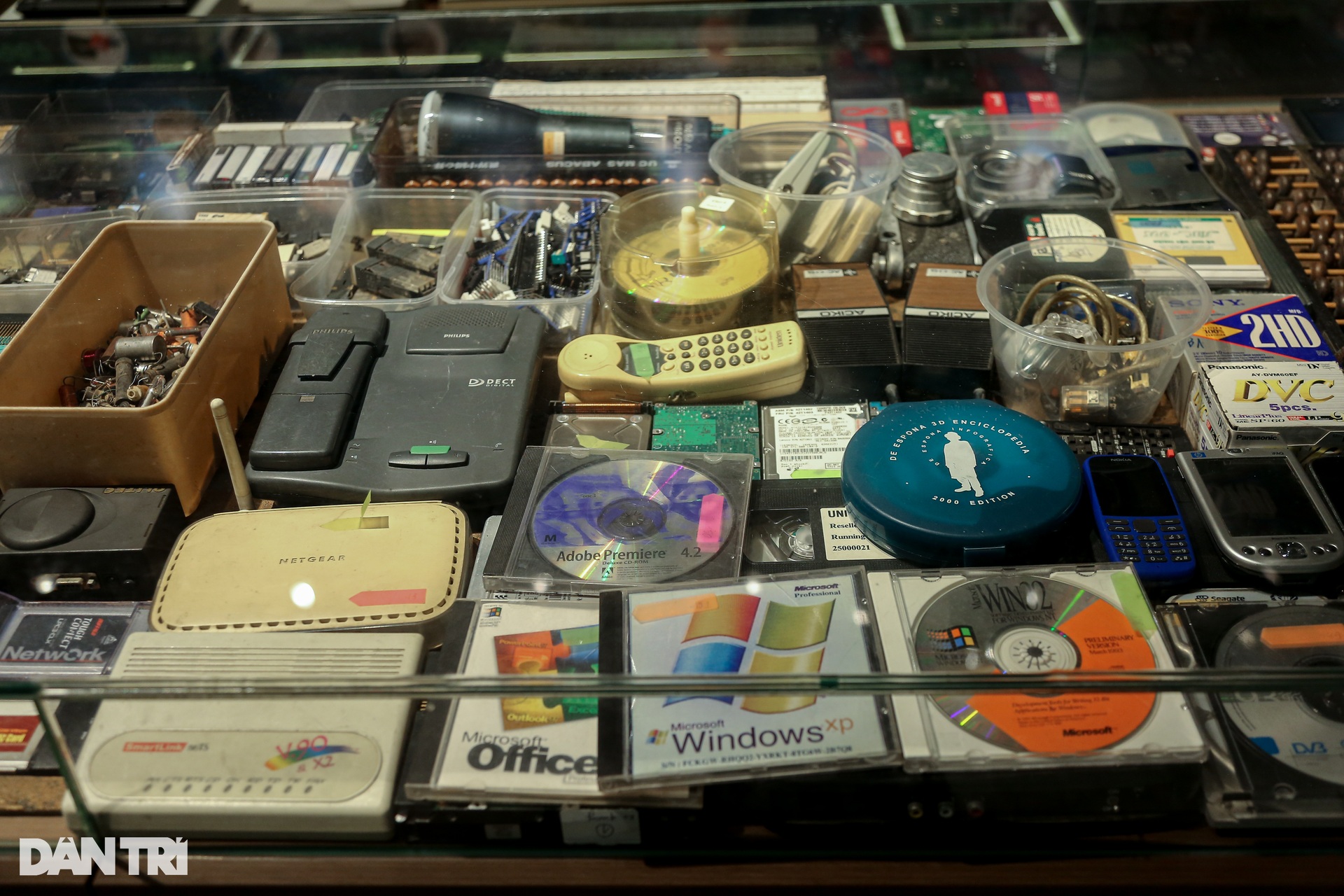

Unfortunately, while the museum has attracted thousands of international visitors from countries such as Japan, Korea, Germany, England, France, America, Australia, China... with surprise and respect, many Vietnamese people do not know about the existence of this place.
"Many Vietnamese people still think technology is something in America or Japan, but they don't think that we ourselves have a proud history of technology," Dr. Cong shared.
Not many people know that a group of Vietnamese scientists under 30 years old successfully created Vietnam's first computer, which was also the third computer in the world in the 70s.
In 1976, the Vietnamese computer named VT80 was born, just 1 year after the Altair 8800 Computer - the world's first computer made by the US... Dr. Cong was one of the people participating in the project to make this first Vietnamese computer.
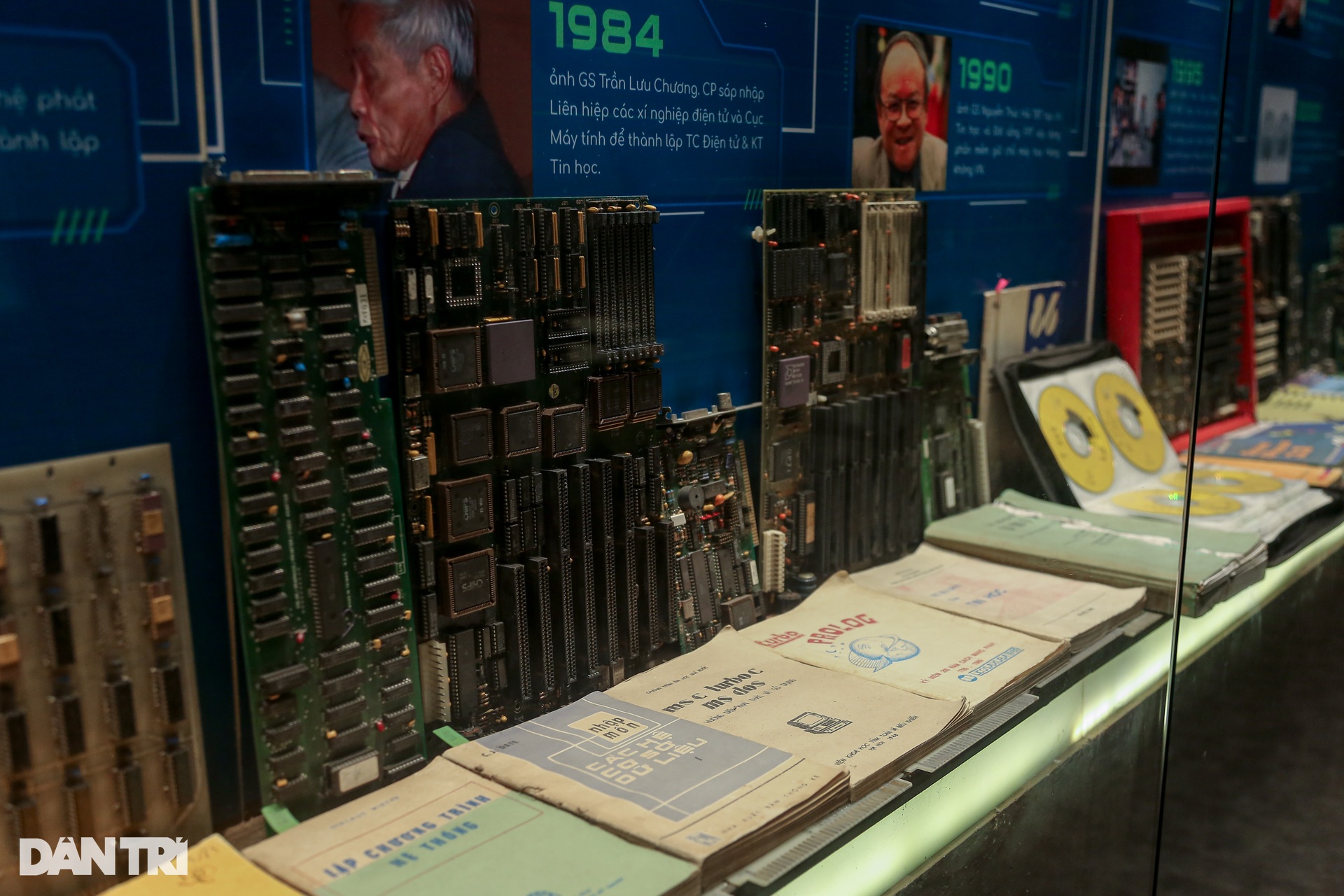
In his time-worn notebooks, he wrote about online learning, e-commerce and artificial intelligence. At that time, the Internet was still something very strange in Vietnam.
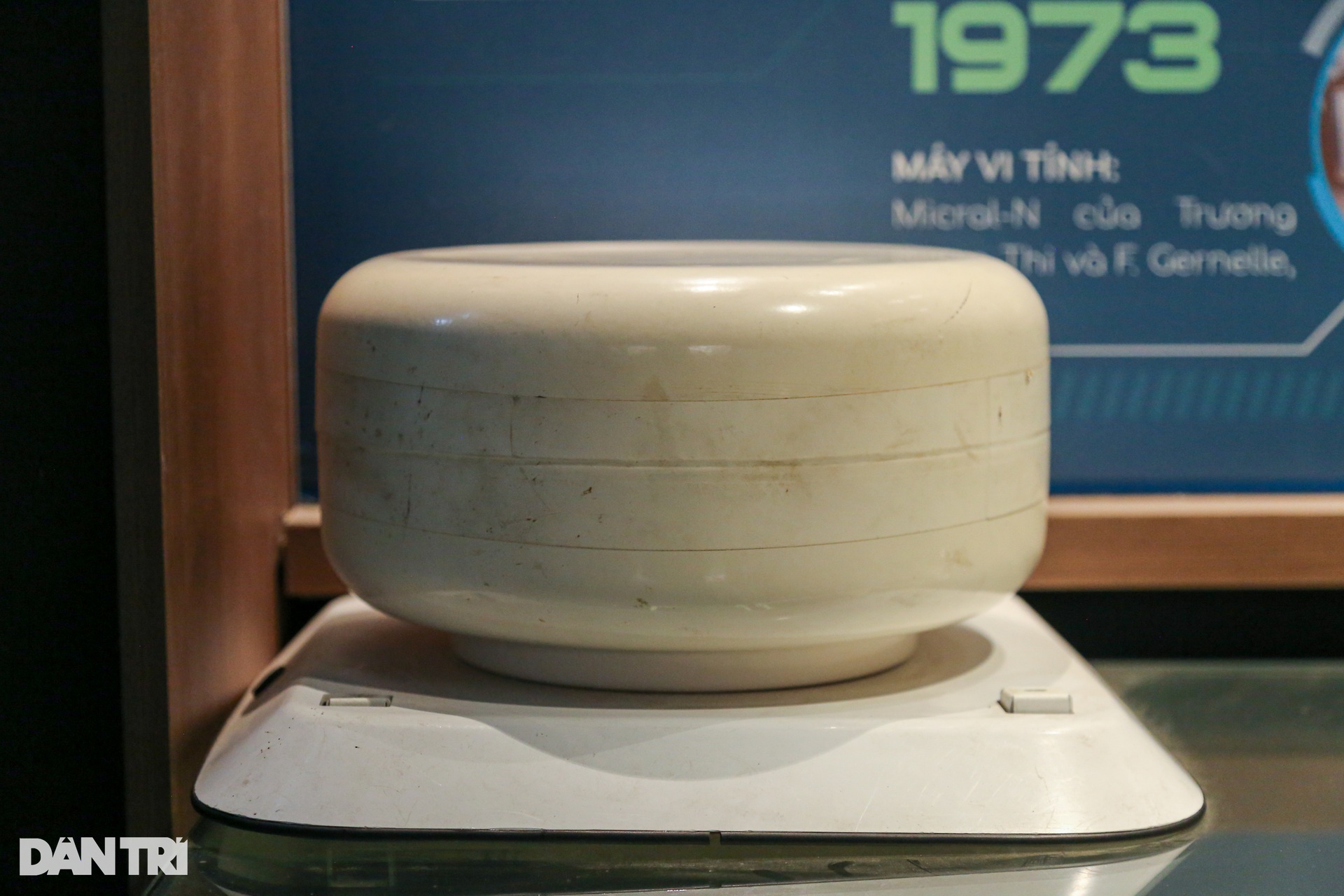
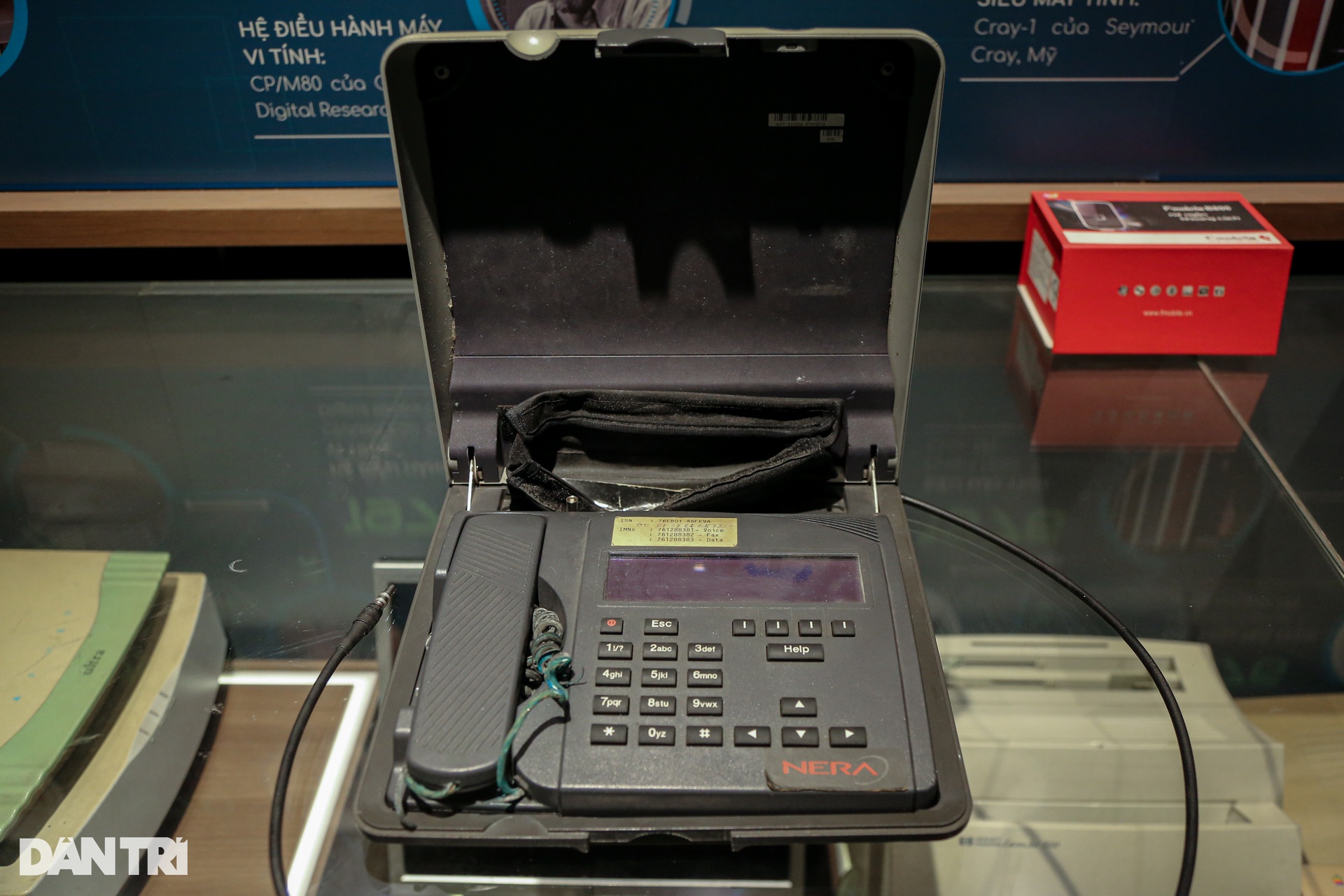
Standing out in the museum is a rare NERA brand satellite phone and antenna, manufactured in 2001, with the same size and weight as a desktop phone.
The main difference is the large, retractable antenna, a design that symbolizes innovation and creativity.
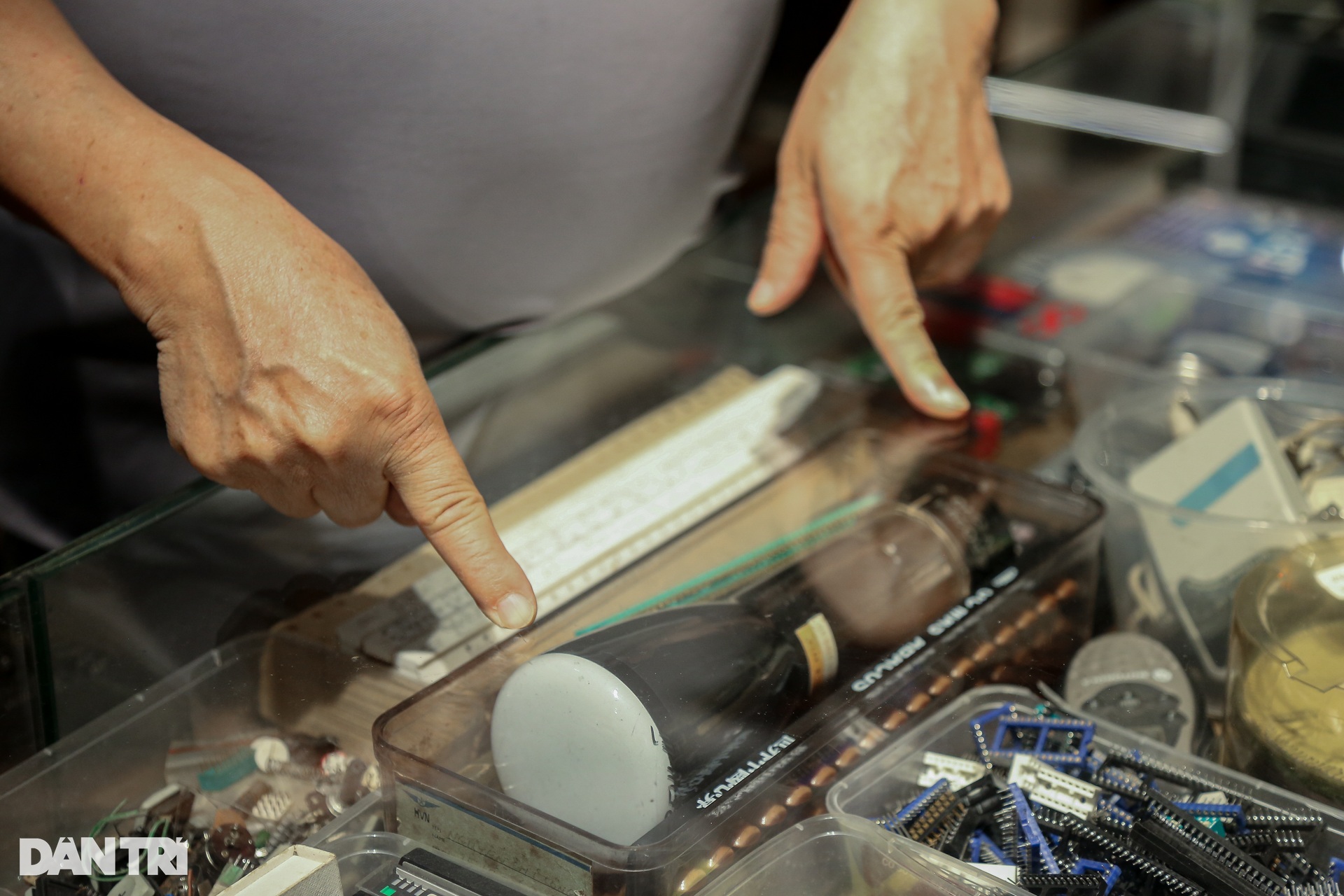
One interesting artifact is the Soviet (former) electron tube, one of the world's most important inventions in electronics, used in the oscilloscope.
"Back then, every electronic component was precious. Having a tube like this was a huge fortune," he shared, his memories still intact in every detail.
In the summer of 1978, Dr. Nguyen Chi Cong successfully designed and manufactured the FT8085 development system for the 8085 chip. On that basis, he made a series of processing boards and memory boards for desktop computers and control devices, called VT81.
VT81 is considered the second generation Vietnamese computer. These products are also currently on display at the museum.
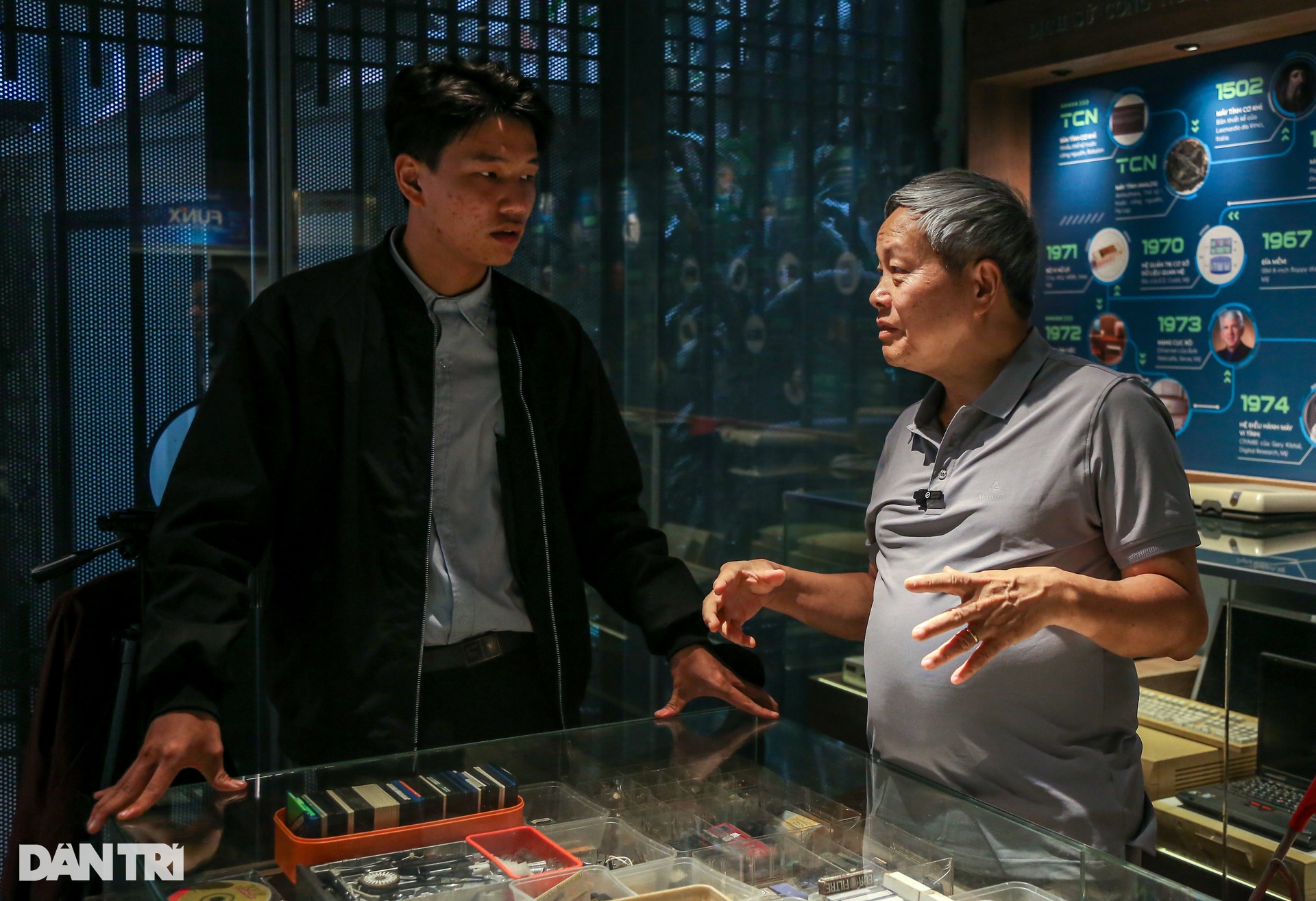
His museum is now a hands-on, ideal place for technology students.
Not only to see the ancient technological devices with their own eyes, but also to listen to stories about the journey of technological development and lessons from the failures and successes of a predecessor.
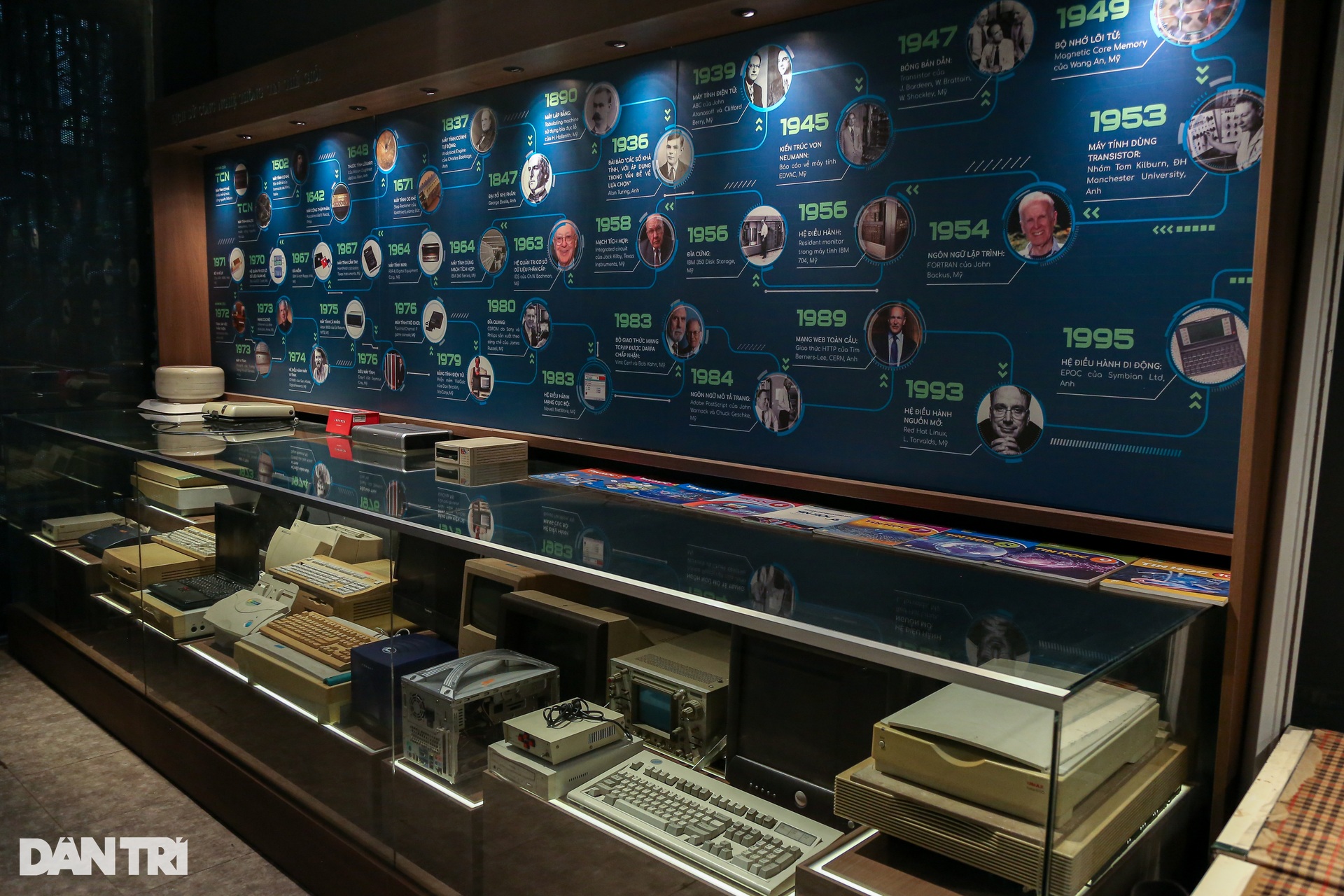

"I just hope this place becomes a source of motivation for young people, so they know that Vietnamese people have created extraordinary things. Don't let our technological history be forgotten in a world that is running too fast," Dr. Cong shared.
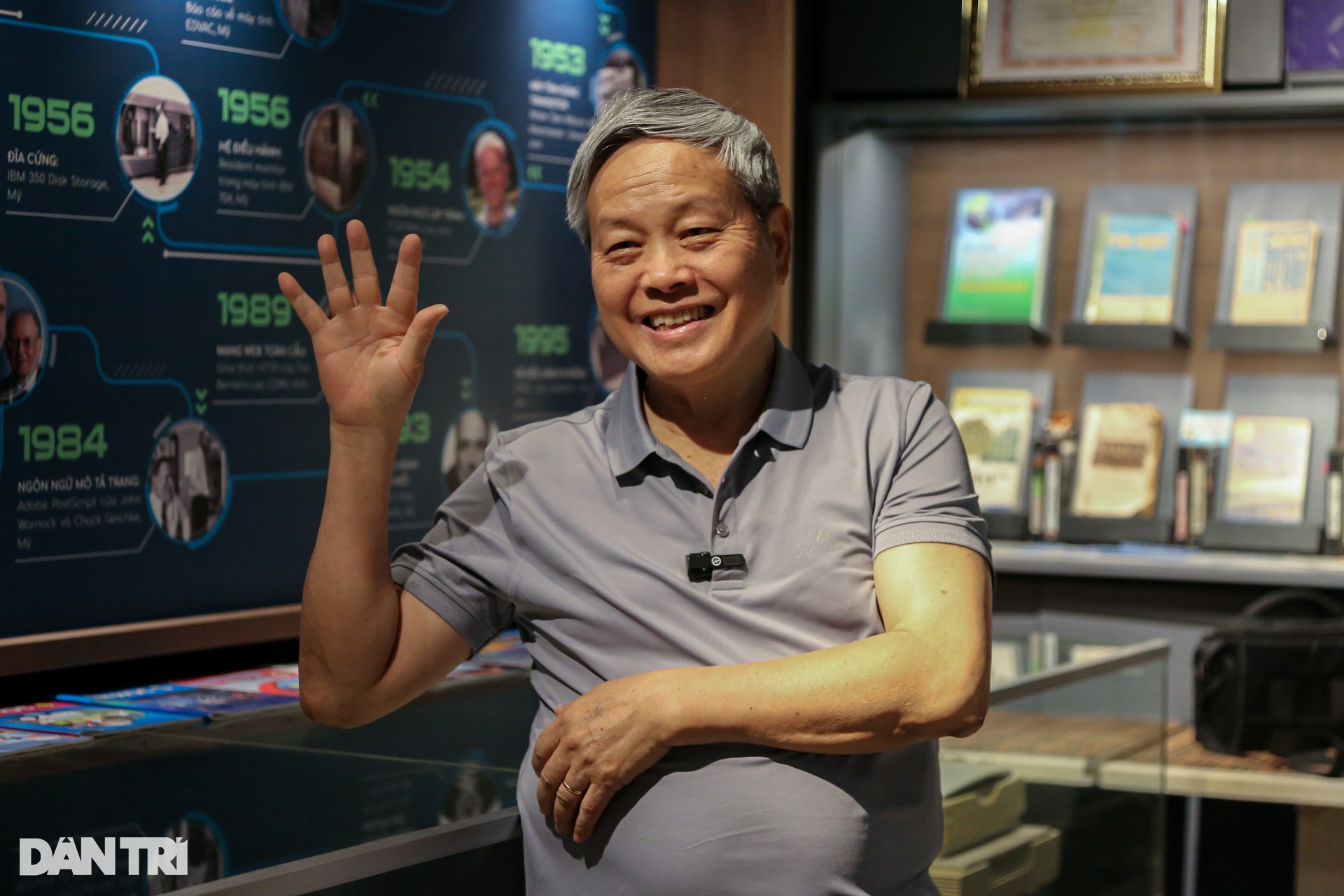
Dr. Nguyen Chi Cong hopes that through the museum, young people will understand that there is no need to go all the way to Silicon Valley, but right here in Vietnam we can develop our own technology valleys.
The museum's exhibition room is located in Dr. Cong's private house at No. 89, Lane 41 Dong Tac, Kim Lien, Dong Da, Hanoi.
Source: https://dantri.com.vn/cong-nghe/kham-pha-bao-tang-cong-nghe-hon-2000-hien-vat-doc-nhat-viet-nam-20250416213527998.htm



![[Photo] Prime Minister Pham Minh Chinh works with the Standing Committee of Thai Binh Provincial Party Committee](https://vphoto.vietnam.vn/thumb/1200x675/vietnam/resource/IMAGE/2025/5/12/f514ab990c544e05a446f77bba59c7d1)
![[Photo] Prime Minister Pham Minh Chinh receives Swedish Minister of International Development Cooperation and Foreign Trade](https://vphoto.vietnam.vn/thumb/1200x675/vietnam/resource/IMAGE/2025/5/12/ae50d0bb57584fd1bbe1cd77d9ad6d97)





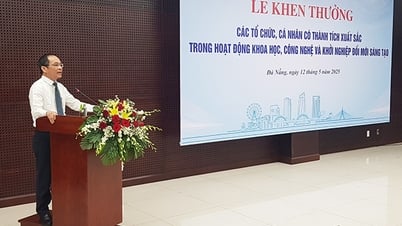
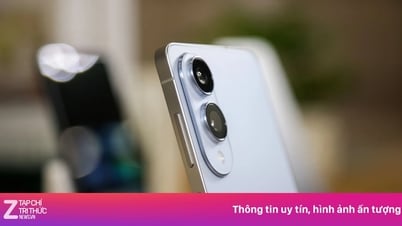














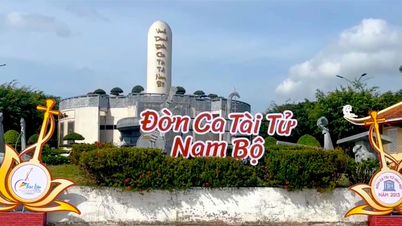
































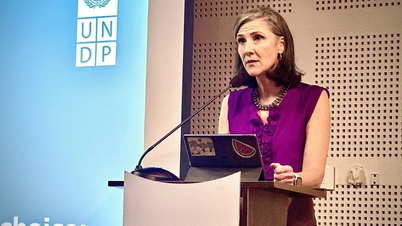

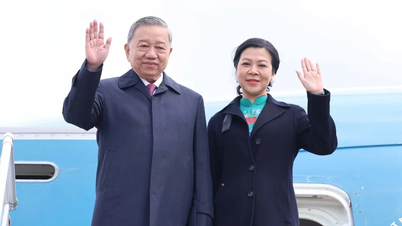





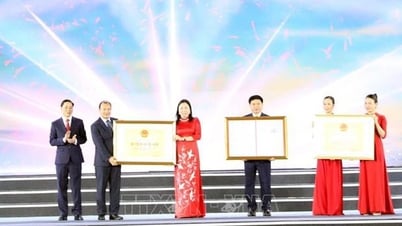

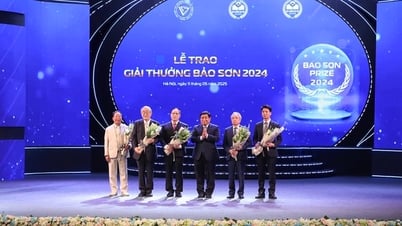








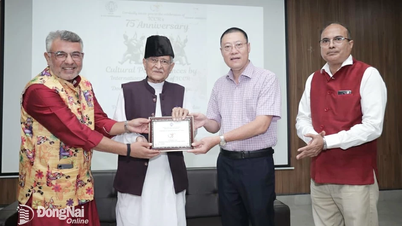

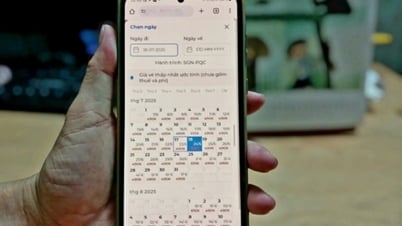















Comment (0)